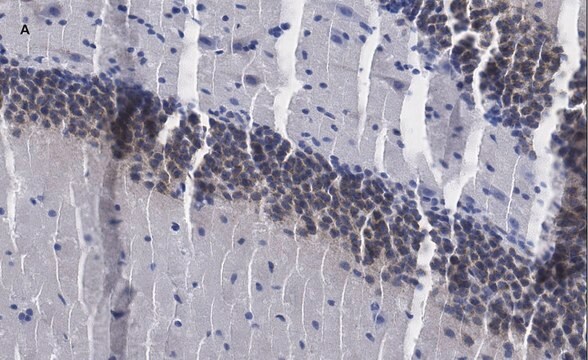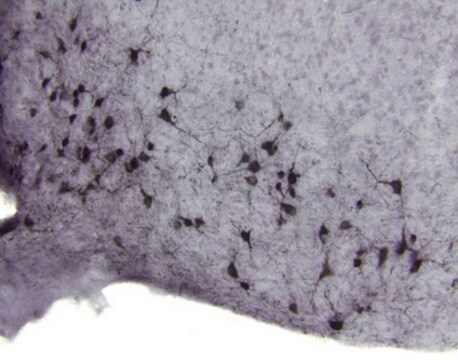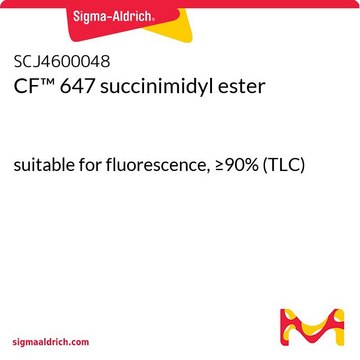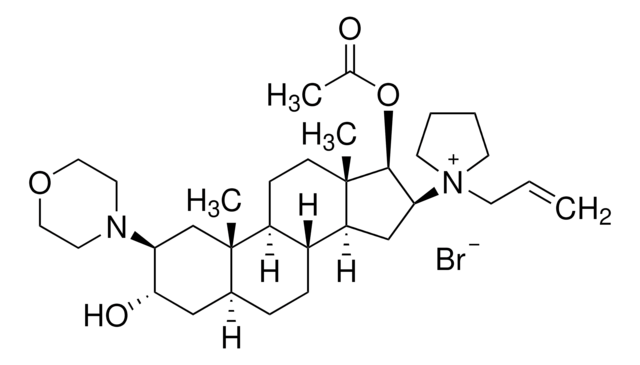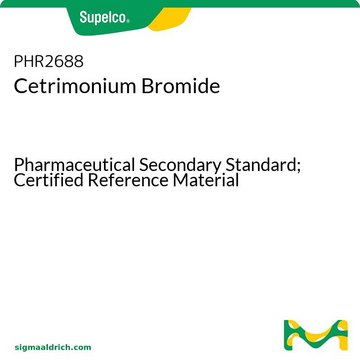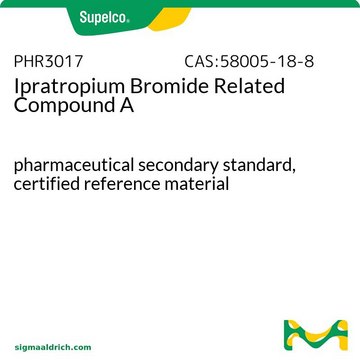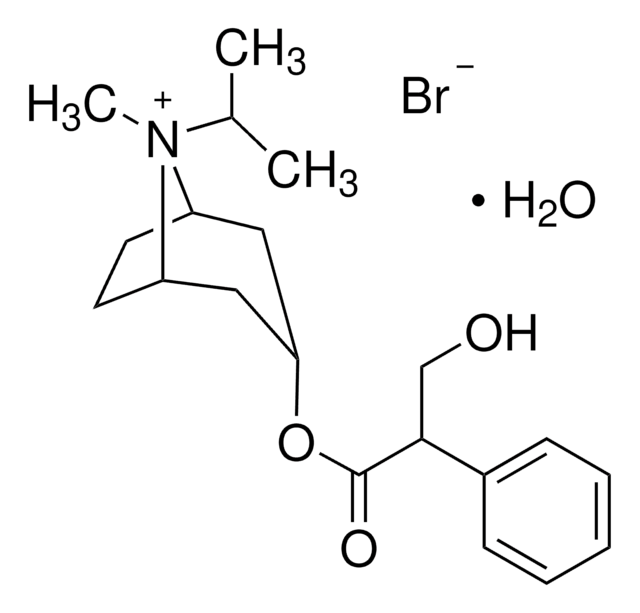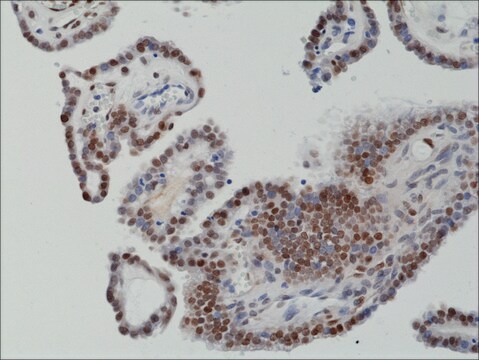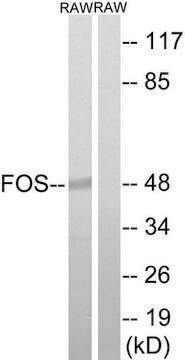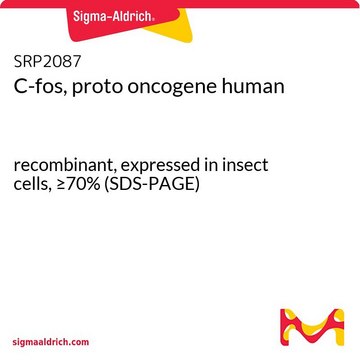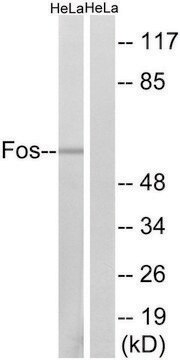F7799
Anti-c-Fos Antibody
rabbit polyclonal
Synonym(s):
C-Fos Antibody, C-Fos Antibody - Anti-c-Fos antibody produced in rabbit
Select a Size
Select a Size
About This Item
Recommended Products
Product Name
Anti-c-Fos antibody produced in rabbit, IgG fraction of antiserum, buffered aqueous solution
biological source
rabbit
Quality Level
conjugate
unconjugated
antibody form
IgG fraction of antiserum
antibody product type
primary antibodies
clone
polyclonal
form
buffered aqueous solution
mol wt
antigen 50-60 kDa
species reactivity
human
1 of 4
This Item | PHR2688 | PHR3017 | PHR2796 |
|---|---|---|---|
| grade certified reference material, pharmaceutical secondary standard | grade certified reference material, pharmaceutical secondary standard | grade certified reference material, pharmaceutical secondary standard | grade certified reference material, pharmaceutical secondary standard |
| form solid | form powder | form - | form - |
| application(s) pharmaceutical small molecule | application(s) pharmaceutical small molecule | application(s) pharmaceutical | application(s) pharmaceutical small molecule |
| API family rocuronium | API family cetrimonium | API family ipratropium | API family - |
| packaging pkg of 500 mg | packaging pkg of 1000 mg | packaging pkg of 25 mg | packaging pkg of 400 mg |
General description
Immunogen
Application
Anti-c-Fos antibody produced in rabbit has been used in immunoassays to determine the c-fos immunoreactivity in spinal cord sections. It has been used in Immunohistochemistry.[1]
It may be used as a probe to determine the presence and roles of c-Fos in a wide variety of cell processes including cell proliferation and differentiation, and responses to cell damage or stress.
Biochem/physiol Actions
Physical form
Disclaimer
Not finding the right product?
Try our Product Selector Tool.
recommended
Storage Class Code
10 - Combustible liquids
WGK
WGK 3
Flash Point(F)
Not applicable
Flash Point(C)
Not applicable
Choose from one of the most recent versions:
Already Own This Product?
Find documentation for the products that you have recently purchased in the Document Library.
Customers Also Viewed
Our team of scientists has experience in all areas of research including Life Science, Material Science, Chemical Synthesis, Chromatography, Analytical and many others.
Contact Technical Service

